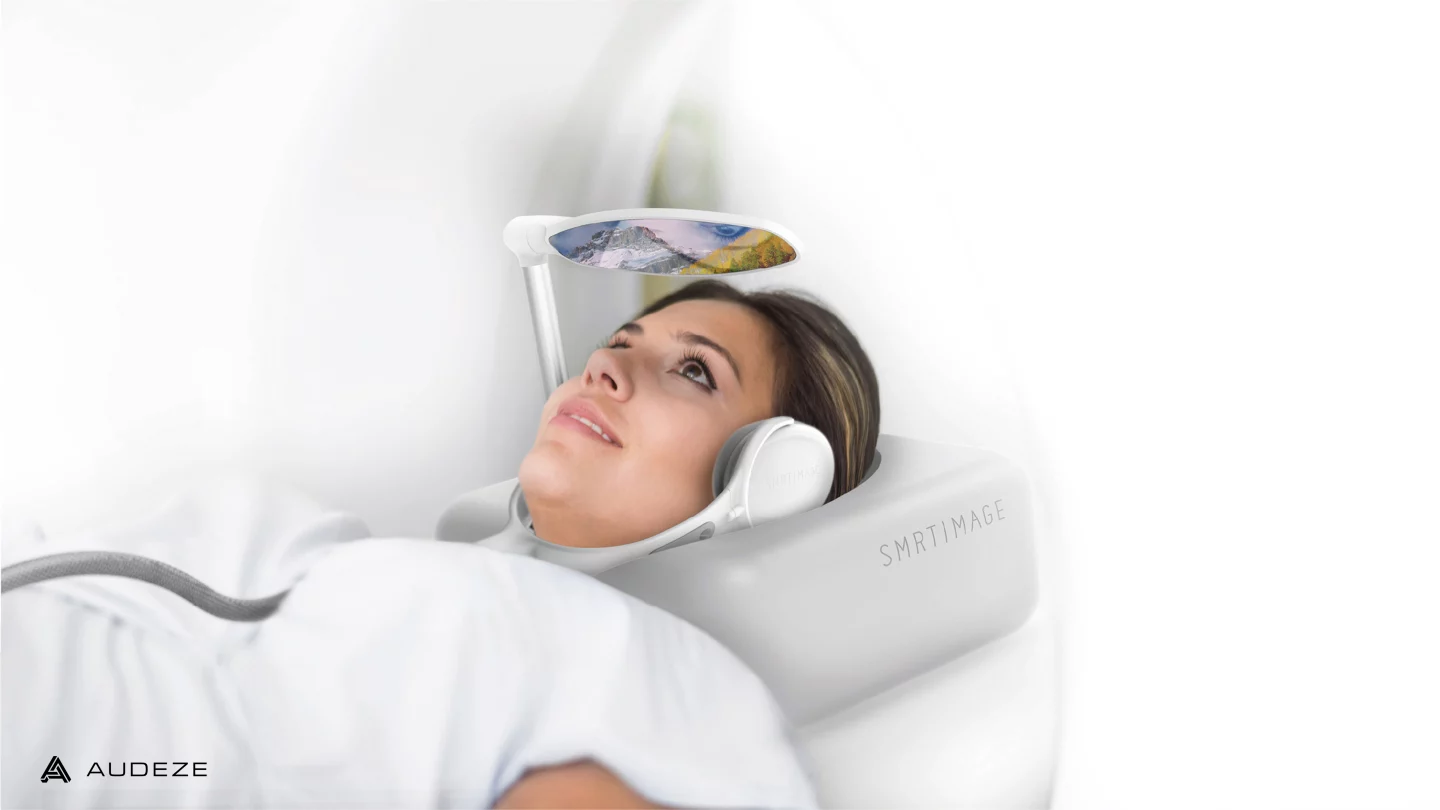California's premium hi-fi brand Audeze helped design a pair of headphones to facilitate communication between doctor and patient during an MRI scan, without affecting the imagery produced. And this led to the development of the CRBN Electrostatic headphones for audiophiles.
Audeze engineers partnered with Professor Mark S. Cohen Ph.D from the UCLA School of Medicine, Semel Institute for Neurosceince and Human Behavior, and the team at SMRT Image – as well as industrial designers at BoomBang – to develop headphones to help doctors communicate with patients during MRI scans.

The idea was not only to relieve stress and anxiety experienced by patients during scans, but to cut down on the noise (sound pressure levels can exceed 120 dB). Due to the magnetic and electrical fields needed to produce medical images, conventional headphones using moving coil, planar and electrostatic drivers cannot easily be used, and metal components are pretty much out too, as eddy currents induced by such things can result in image quality issues.
So the design team at Audeze set about developing a new kind of electrostatic transducer.
"The principle behind the operation of an electrostatic headphone is quite simple," explained Audeze. "The electrostatic transducer consists of a diaphragm with a constant charge, sandwiched between two acoustically transparent stators separated by spacers. The music signal is applied to the stators in the form of equal but opposite high voltage pulses.
"In other words, when a positive voltage is applied to one stator, an equal but opposite negative voltage is applied to the other stator. As a result, the diaphragm is pulled towards the stator with negative voltage and pushed away from the stator with positive voltage. Thus the diaphragm moves with the music signal and this movement produces sound. A transducer designed in this fashion is said to be in push-pull configuration."

Conventional electrostatic designs make use of a thin film with a resistive coating for the diaphragm, but distortion can be problematic due to variations in the thickness of that coating. For the new transducer, Audeze employed a patent-pending thin-film polymer diaphragm embedded with carbon nanotubes for ultra-low distortion thanks to uniform distribution of charge throughout the film.
Electrostatic headphones also "have a reputation for less than stellar bass response" too, and Audeze naturally aimed to solve this issue, using a combination of a large high-efficiency diaphragm, more spacing between the large rigid stators and the diaphragm, acoustically transparent damping material, and custom earpads to help provide "extremely well-extended bass response down to 20 Hz" while not impacting the treble.
For the medical application, the CRBN headphones were combined with an image/movie system called Lumica AV from SMRT Image for an audiovisual experience designed to both comfort and distract patients undergoing MRI.
"What we set out to do at SMRT was create a tranquil patient experience within a very hostile environment," said Tylor Garland, CEO of SMRT Image. "Our ability to produce a hi-fi AV product that is MR compatible, and which a patient can comfortably wear over the course of a long scan in a confined environment, was very tricky. We were lucky to find Audeze to help us with our solution."

Lightweight design, "extreme neutrality" and accurate bass response are of course attractive features in consumer headphones, so Audeze has also created a pair of open-back headphones for audiophiles that are built around the CBRN transducer technology.
The CRBN Electrostatic headphones weigh in at just 300 g (10.5 oz), feature materials such as carbon fiber and magnesium alloy, offer a frequency response of 20 Hz to 40 kHz, a sound pressure level greater than 120 dB, and total harmonic distortion of less than 01 percent.
They ship with a specially designed 5-pin DIN audio cable and aluminum travel case, and are compatible with all Stax-type 580-volt Pro Bias amplifiers. They're available for special order for a suggested retail price of US$4,500.
The video below has more.
Product page: CRBN Electrostatic














